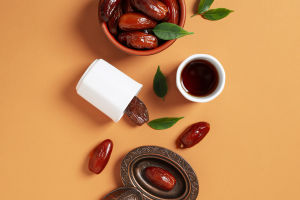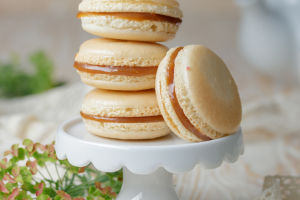Now that the country is promoting environmental protection, businesses are gradually replacing ordinary disposable lunch boxes with biodegradable tableware to reduce takeaway pollution, so what is a biodegradable lunch box?
What are the main components of biodegradable disposable lunch boxes? Biodegradable disposable lunch boxes are tableware that can eventually be degraded into carbon dioxide and water. Biodegradable lunch boxes are made of one kind of natural material; the other kind is made of plastic as the main ingredient, with starch, photosensitizers and other substances.
Biodegradable lunch boxes are lunch boxes that can be degraded by microorganisms (bacteria, moulds, algae) in the natural environment and undergo a biochemical reaction, causing a change in the appearance of the mould to a change in the internal quality, eventually forming carbon dioxide and water. The entire degradation process can be broken down into harmless substances without artificial involvement, which is a very long process.
Disposable biodegradable lunch boxes made from natural materials are also known as biodegradable lunch boxes.
The biodegradable lunch box is a more advanced and environmentally friendly product. It is made from starch as the main raw material, with the addition of a year-old plant fibre powder and special additives, which are treated by chemical and physical methods to make a biodegradable fast food box.
As starch is a biodegradable natural polymer, it decomposes into glucose and finally water and carbon dioxide by the action of micro-organisms.
In addition, the material with which it is co-blended is also a fully degradable material, so it can be said to have no environmental impact. The main source of starch, the raw material for production, can be annual growth plants such as maize, potatoes, sweet potatoes and cassava.
Naturally, biodegradable food containers are not perfect, for example, most of the production raw materials are food crops and there are issues such as mould and mildew resistance that have yet to be resolved.
Disposable plastic food packaging containers made of plastic include traditional plastics and biodegradable plastics. Among them, traditional plastics including PE, PP, PS, PET, PVC, etc., in the field of food packaging, used in plastic bags, beverage bottles, disposable lunch boxes, commercial cling paper, cling film and other products; degradable plastics including starch-based degradable plastics, PLA, PBS, PBAT, PPC, etc., used in food packaging film, disposable tableware, food packaging field.
Biodegradable plastic lunchboxes are made from biodegradable plastic, which is a material with certain additives such as starch and photosensitizers added during the production and processing of plastic.
Biodegradable plastic products can be broken down into small fragments after three months of exposure to nature.
But the technology is not yet complete, if these fragments need to be completely degraded, it will take a very long time. But only from a large piece into small pieces of plastic, can not fundamentally competent to eliminate the task of white pollution.
This technology needs scientists to continue to work to make up for the shortcomings.
On the one hand, the promotion of various types of personnel and the elevated demand for environmental protection have boosted the demand for biodegradable plastics; on the other hand, with the development of technology, the improved level of raw material utilization in the future is expected to drive down the cost of biodegradable plastics and further promote market demand.


